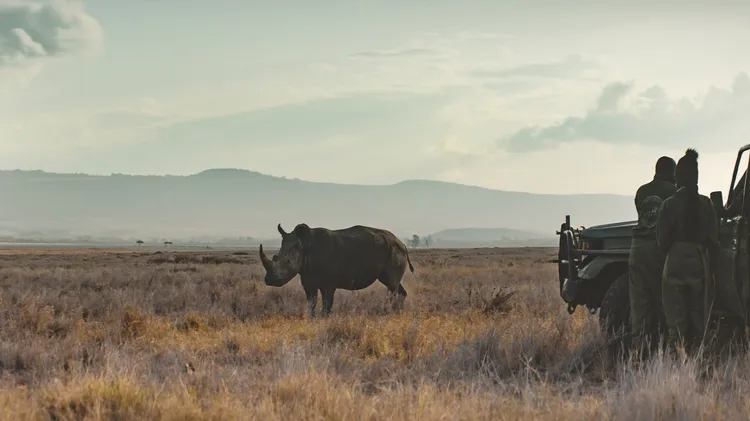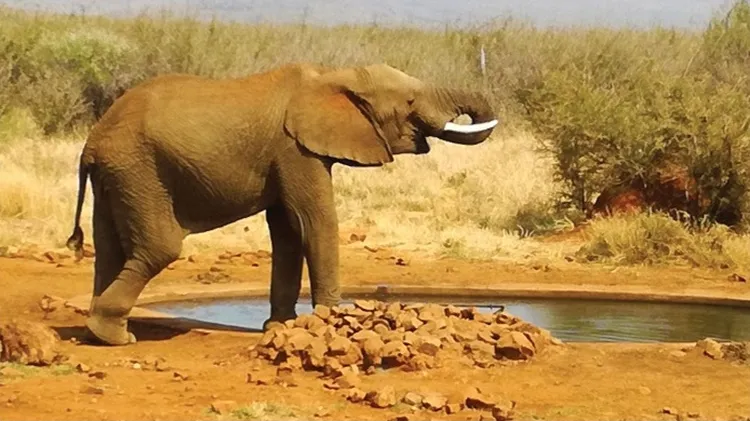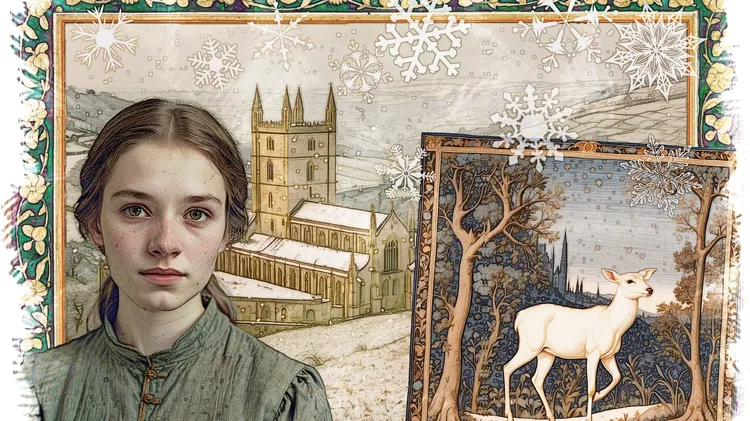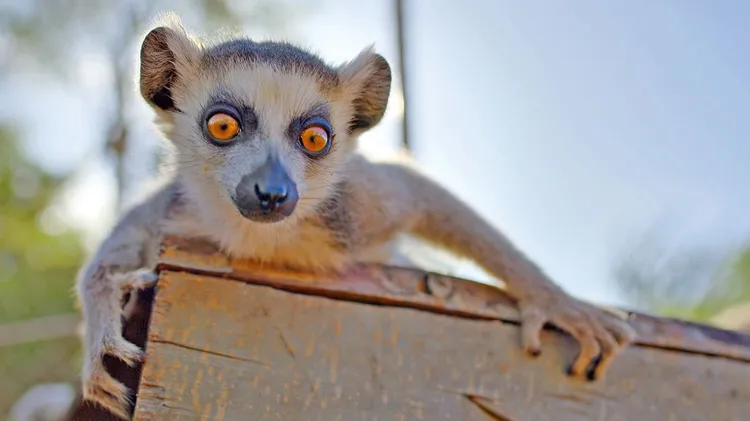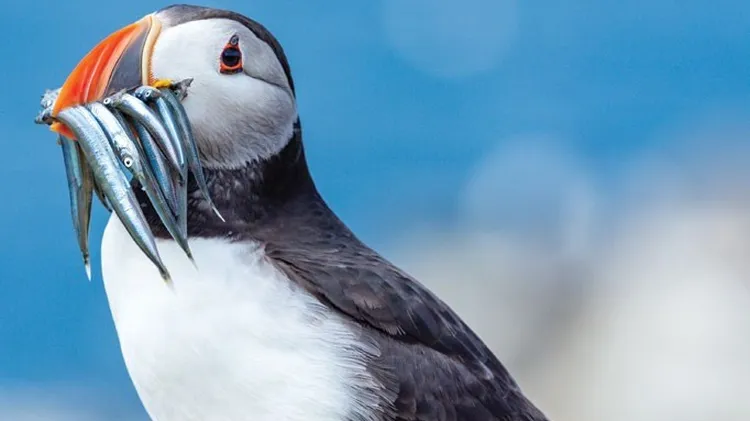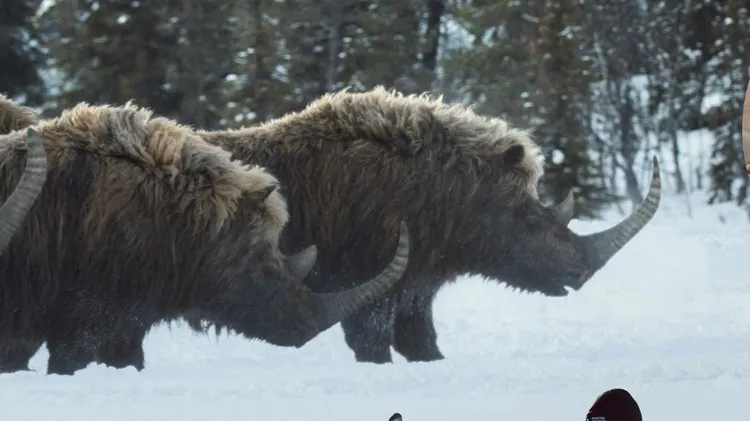IVF is providing one last chance to save the northern white rhino from extinct
Hope in science
3 min read
This article is from...
Read this article and 8000+ more magazines and newspapers on Readly

